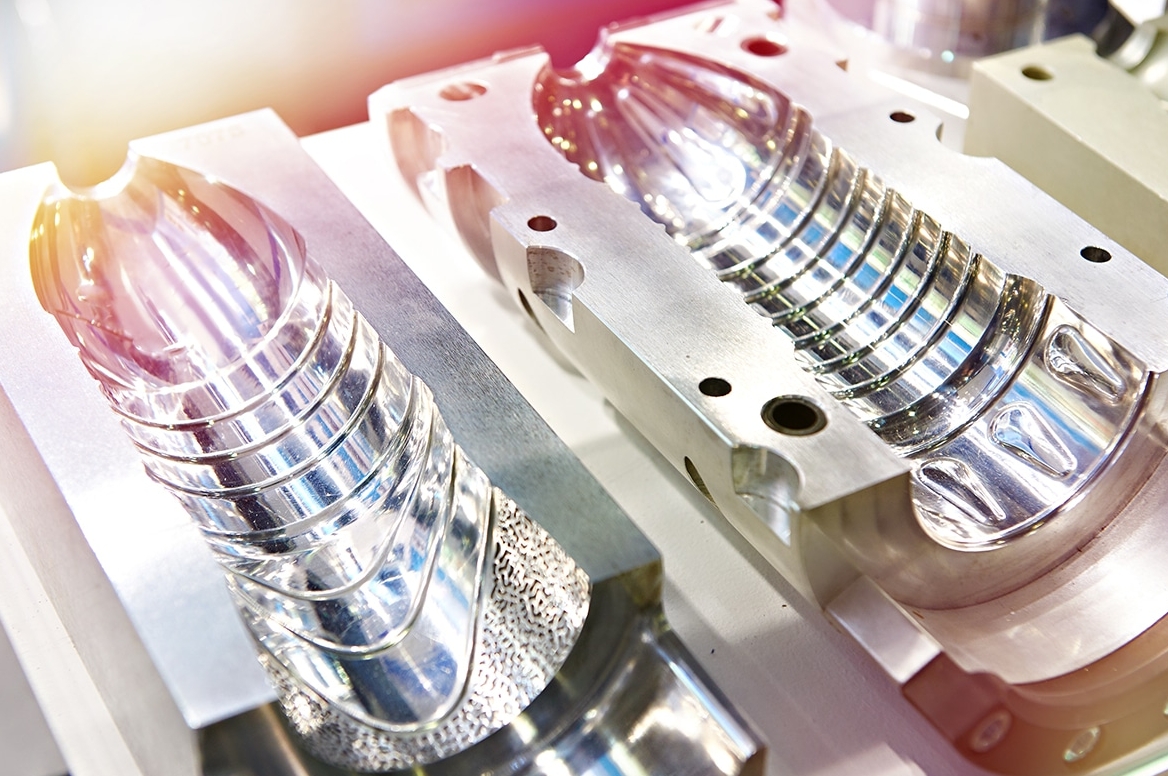
The Importance of Industrial Mold Cleaning for Productivity and Quality
In a society marked by accelerated industrialization, mass production of standardized products has become the norm.
As such, the key tools are industrial molds, which are used in many processes such as injection molding, compression molding or hot molding. This equipment has a huge impact on the quality and efficiency of production and careful and constant maintenance becomes necessary.
What is an industrial mold?
Industrial molds are tools for giving a precise shape (intermediate or final) to the part or material to be machined, by inserting it in plastic, molten or solid form inside 2 half-molds, the one fixed and the other mobile, in order to determine the shape to be obtained.
Generally made of steel, but also aluminum for prototyping activities, industrial molds have a lifespan that can range from a few parts (even just one) to hundreds of thousands of parts.
When a mold is destined to shape thousands of pieces, constant maintenance over time becomes a fundamental activity in order to guarantee the best production quality, avoid sudden production stoppages and ensure the durability of the mould.
The real cost of an industrial mold
An unmaintained industrial mold can generate major costs for a company: costs related to the downtime necessary to carry out maintenance and repair operations (often carried out by mold makers outside the organization), costs generated by the subsequent restart of production and consequent regulation, loss of profits caused by non-optimized production, an increase in the number of nonconforming batches due to poor quality or even, costs arising from the degradation of the long-term corporate image.
Preventive maintenance then becomes a strategic operation for companies and must be favored within the framework of dedicated processes, scheduled regularly. This need becomes even more frequent in the case of aluminum molds or complex relief molds that wear out more easily. The temperature, type of material and the pressure it is subjected to when inserted into the mold can also impact the frequency of maintenance activities.
The correct use of a mold will limit the need for inspection and revision operations, but will not completely exclude them.
And as with any maintenance process, cleaning is a crucial step.
The industrial mold cleaning process
In order to carry out maintenance, the mold must first be dismantled and checked before moving on to the cleaning phase: parts with a higher concentration of dirt or parts with cracks (cracks) must be cleaned. further control to identify defects in the mold to be rectified.
At this point, it is possible to move on to washing operations to remove different types of residue, including:
- the release agents used to facilitate the extraction of the parts produced, the residues of lubricating oils and the traces left by the gases generated by the contact between the plastic material in the fluid state and the mold at high temperature, which contain residues that soil the mold itself;
- oils used in the cold forging of metals;
- residues of soft metals and lubricating oils used to avoid “tearing” in cutting and thus obtain clean cuts;
- graphite greases used as a mold release agent in the hot stamping of metals.
The cleaning activity must be carried out avoiding damage to the mould; operations such as sandblasting, shot-blasting or the use of aggressive and potentially corrosive products such as caustic soda should therefore be eliminated.
Moreover, reliance on manual washing processes with rags and solvents leads to unsatisfactory levels of cleaning, especially in the case of molds with complex geometries and small figures.
Considering the considerable impact of an industrial mold on the quality of a mass production, it is advisable to carry out a standardized washing always using the same products and methods in order to minimize the possible variability of the characteristics of the production parts.
So how do you get the desired result? With automatic parts washers that use standardized processes and laundry detergents to thoroughly clean parts for flawless results.

